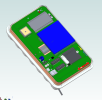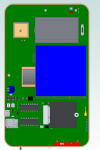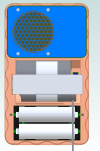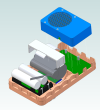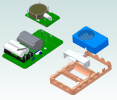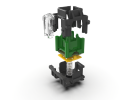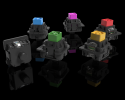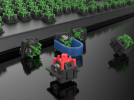Our friends at Xometry (www.xometry.com) have a huge array of on-demand production capabilities. They are also looking for cool case studies. So are we!
If you have an interesting use case and need to get something prototyped or perhaps even short-run manufactured, and are willing to share your story with them in a case-study-like fashion, then we might be able to get you approved to have some free manufacturing done.
The more interesting your work, and the more interesting your models, the higher the likelihood that we can work something out.
If you're interested, post some pictures of your projects here and let's talk about it.
They do:
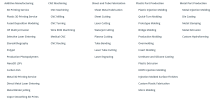
If you have an interesting use case and need to get something prototyped or perhaps even short-run manufactured, and are willing to share your story with them in a case-study-like fashion, then we might be able to get you approved to have some free manufacturing done.
The more interesting your work, and the more interesting your models, the higher the likelihood that we can work something out.
If you're interested, post some pictures of your projects here and let's talk about it.
They do:


